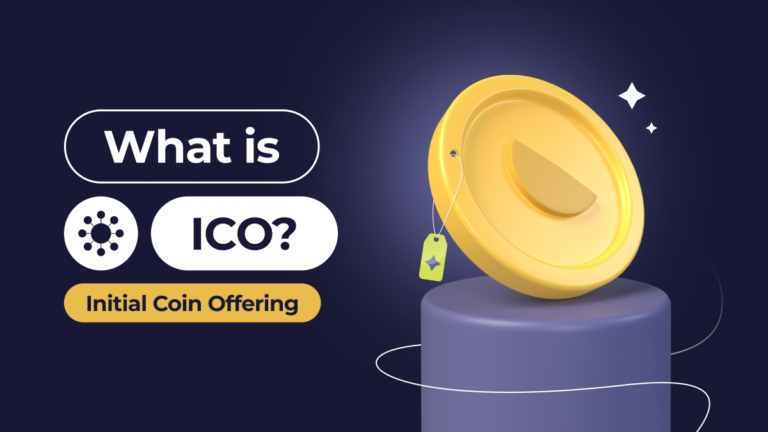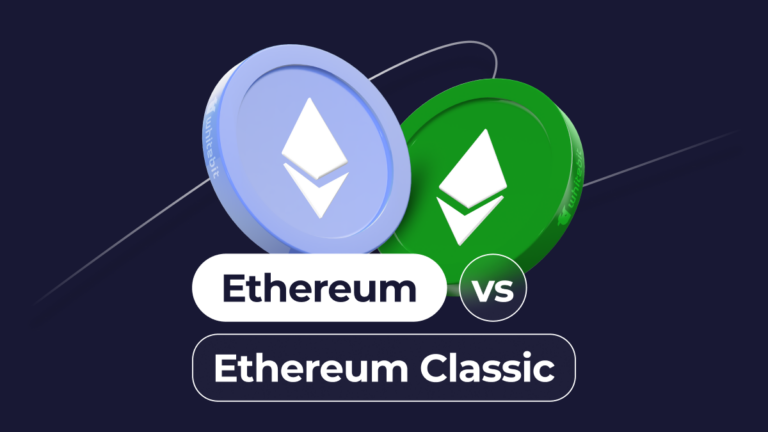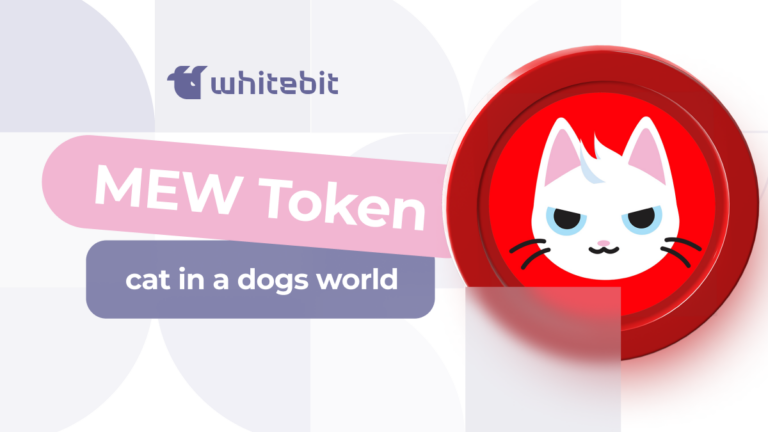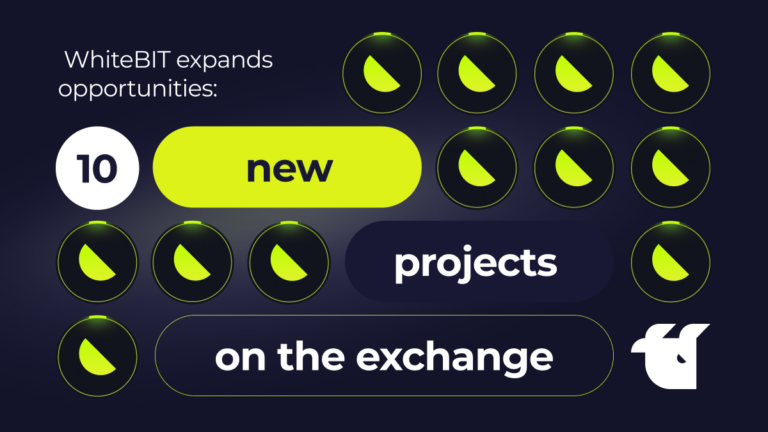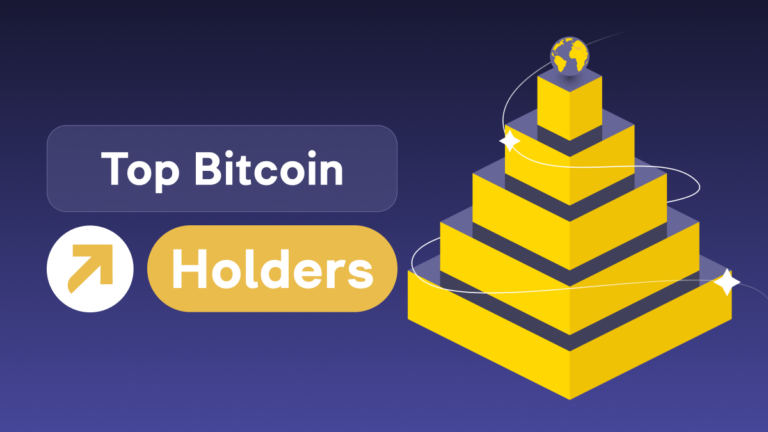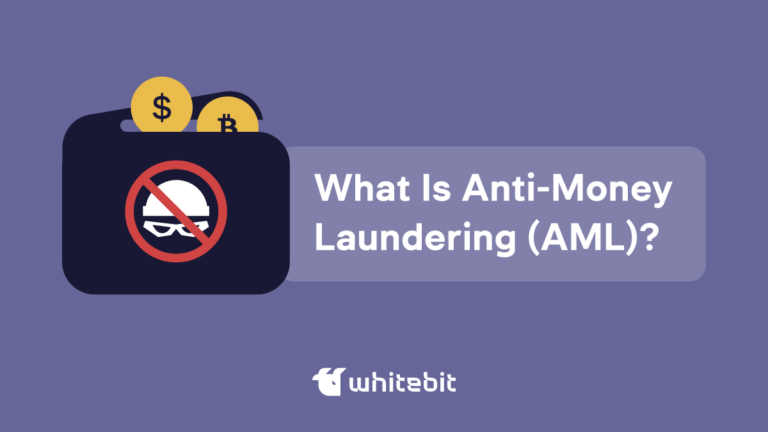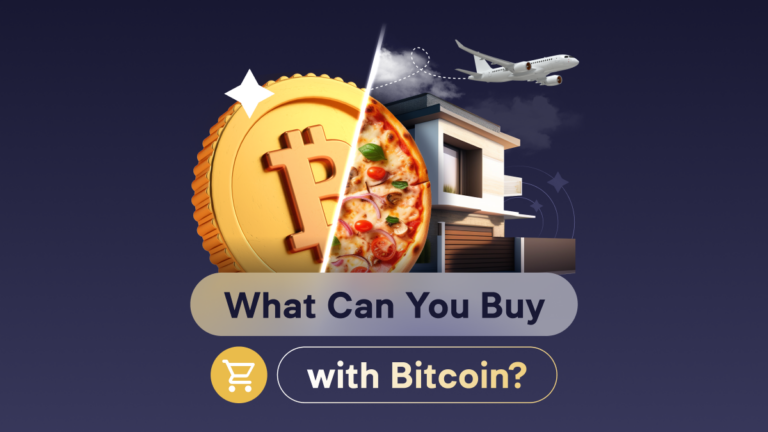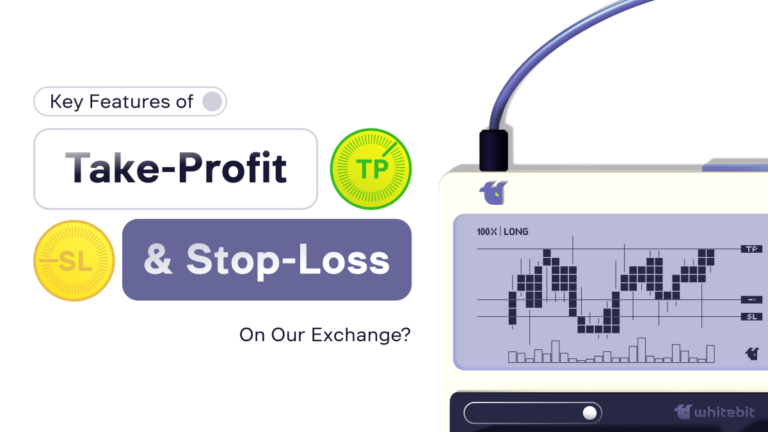How to Create & Sell NFTs Yourself: a Brief Guide
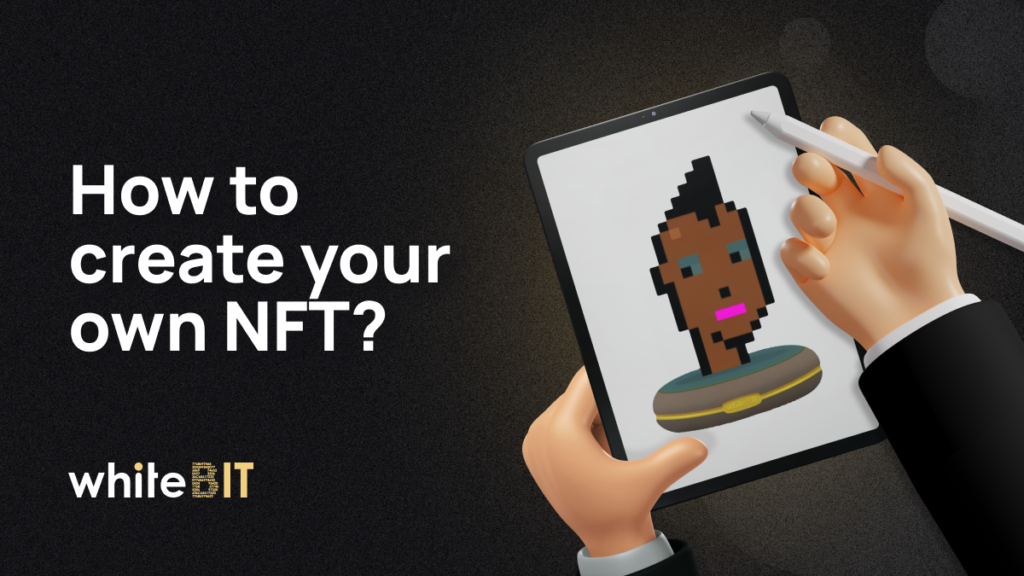
Content
If you are inspired by the success of some NFT projects, thinking about creating your own non-fungible tokens but don’t know where to start, our article is right for you!
What do you need to create an NFT?
First, you should choose the object you will turn into a non-fungible token (NFT). You can pick various artists’ creations, 3D models, photos, or videos. More rarely, an NFT corresponds to a real object that is sold along with the token.
After that, you will need a marketplace where anyone can easily create a token on a specific blockchain and put it up for sale without having special knowledge. Most often, NFTs are built on the ERC-721, ERC-1155, and ERC-988 standards of the Ethereum blockchain.
To pay the fee for creating a token and placing it on the marketplace, you need a wallet with the corresponding cryptocurrency. The MetaMask and Trust Wallet wallets, which support many blockchains, are trendy among NFT sellers.
Popular marketplaces
Marketplaces differ in their policies, terms of use, and features. We will briefly go over the most popular of them.
- OpenSea. Provides aneasy start for beginners, as the buyer is charged for the trade, and the seller only pays the transaction gas when creating an account. But as a result, the platform is overflowing with products, which makes it harder to stand out.
- Rarible. The marketplace has its own tokens called $RARI and the most active users receive them. A fee is charged for the creation of each NFT, and the site is also full of works.
- Foundation. Work placement is free, but the platform takes 15% from each trade. Entering the marketplace is more complicated, as it requires an invitation.
- Mintbase. The platform uses the NEAR protocol due to lower transaction fees and was one of the first marketplaces to host audio recordings as NFTs. Integration with fiat payment methods is also available here.
Visit their websites for more detailed information about the trading platforms.
How to create an NFT and put it up for sale?
When you picked your object, a marketplace, and a wallet with the required cryptocurrency, you can start creating an NFT. The steps of this process are almost the same on any platform:
- Signing up. On many popular platforms like OpenSea, signing up can be completed simply by connecting your online wallet. But it’s better not to neglect filling out the profile, adding a logo and links to social networks as well as organizing the NFT collection.
- NFT creation. Upload a file with your digital object in one of the supported formats, add its name, description, and confirm the NFT creation. The fee payment process varies from marketplace to marketplace. Some charge for the creation of an NFT, others for a trade, and some make the buyer pay the fee.
- Sale. Find the “Sell” button on the page with your NFT. You can choose a fixed price or put the token up for auction and choose the period when bids are accepted. Additional options, such as private or deferred sales, are also available on different platforms.
- Promotion. Since the NFT market is now overflowing with assets of varying quality, you need something that will make your product stand out from the crowd. You can offer a unique piece of art, a collection of meme NFTs that will be warmly welcomed by the community, a thing that will appeal to fans of a specific franchise, etc. The main thing is to attract the audience’s attention.
Conclusion
The placement of your NFTs on a platform is not a complicated and time-consuming process. You will probably spend more effort creating a unique product and drawing attention to it. However, completely random things can become popular, so feel free to try your luck in this area!
WhiteBIT Team

